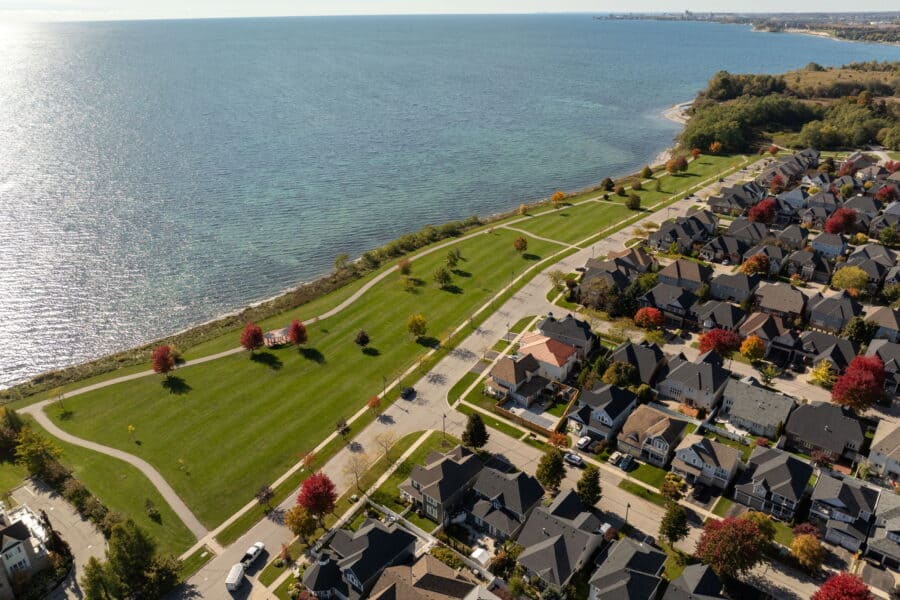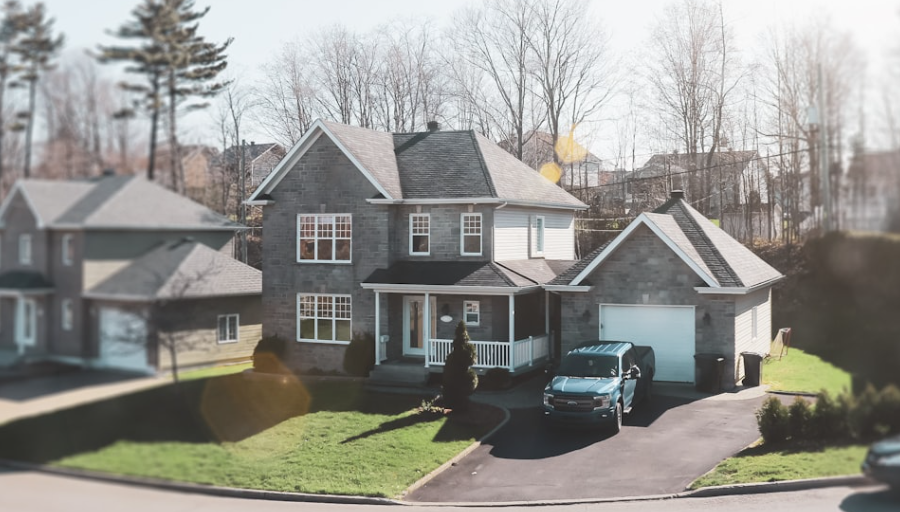Royal LePage Market Forecast
Posted Apr 16th 2020
in
Market Update, RealEstate
Home Prices to Show Resilience in 2020
- If the current restrictions continue in place until the end of Spring, aggregate home price could grow by 1.5% by the end of 2020 in the Greater Toronto Area
- If heavy restrictions continue into late Summer in the Greater Toronto Area, the average home prices will fall by 0.5%
- The aggregate price of a home in Canada increased 4.4 per cent year-over-year in Q1 2020
- High demand and low inventory in GTA are fuelling rising home prices
According to the Royal LePage House Price Survey and Market Survey Forecast, the aggregate price of a home in Canada is expected to remain remarkably stable through the COVID-19 pandemic.
If the strict, stay-at-home restrictions characterizing the fight against COVID-19 are eased during the second quarter, prices are expected to end 2020 relatively flat, with the aggregate value of a Canadian home up a modest 1.0 per cent year-over-year, to $653,800. If the current tight restrictions on personal movement are sustained through the summer, the negative economic impact is expected to drive home prices down by only .5% in the GTA and 3% nationally. In December 2019, Royal LePage forecast the national aggregate price to increase 3.2 per cent by the end of 2020. Due to COVID-19, expected price growth has been revised down almost 70 per cent compared to Royal LePage’s base scenario.
“The impact of COVID-19 on the Canadian economy has been swift and violent, with layoffs driving high levels of unemployment across the country. While is it sad that these people skewed strongly to young and to part-time workers, for the housing industry, the impact of these presumably temporary job losses will be limited as these groups are much less likely to buy and sell real estate,” said Phil Soper, president and CEO, Royal LePage. “From our experience with past recessions and real estate downturns, we are not expecting significant year-over-year price changes in 2020. Home price declines occur when the market experiences sustained low sales volume while inventory builds. Currently, the inventory of homes for sale in this country is very low, matching low sales volumes as people respect government mandates to stay at home.
“It is easy to mistakenly equate a handful of transactions at lower prices to a reset in the value of the nation’s housing stock. Distressed sales that occur during an economic crisis are a poor proxy for real estate value,” said Soper.
Broad-based measurements of industry activity point to a sharp decline in the four or five weeks since all provinces declared states of emergency. Home search activity on popular real estate websites are down more than 20 per cent versus norms. Home showings are down by more than two-thirds, based on Royal LePage sampling. Open house gatherings of people at a property for sale have been reduced to almost zero nationwide.
“As we ease out of strict stay-at-home regimens, sales volumes will return; traditional home sales practices will not,” continued Soper. “The popular ‘open house’ gathering of buyers on a spring afternoon is gone, and it won’t be coming back any time soon. The industry is leveraging technologies that allow a home to be shown remotely and social distancing protocols, where we restrict client interaction with our Realtors to limited one-on-one or two meetings, will continue for months and months. This process is inherently safer than a trip to the grocery store.”
The aggregate price of a home in Canada increased 4.4 per cent to $655,276 in the first quarter. When broken out by housing type, the median price of a two-storey home rose 5.1 per cent year-over-year to $770,005 while the median price of a bungalow and condominium rose 2.1 per cent and 4.4 per cent to $541,040 and $493,917, respectively. Price data, which includes both resale and new build, is provided by Royal LePage’s sister company RPS Real Property Solutions, a leading Canadian valuation company.
“If the fight against the coronavirus requires today’s tight stay-at-home mandates to remain in place for several months more, with no semblance of normal business activity allowed, temporary job losses will become permanent and consumer confidence will be harder to repair,” said Soper. “This would place downward pressure on both home sales volumes and prices.
“Equally, if the collective efforts of Canadians slow the spread of the disease to manageable levels, and if promising science and therapeutic drugs are announced, people will return to their jobs, market confidence will bounce back quickly, and we could see Canada’s real markets roar back to life, with 2020 transactions delayed but not eliminated.”
Greater Toronto Area
Housing demand outstripped supply in the Greater Toronto Area putting significant upward pressure on home prices. During the first quarter of 2020, the Greater Toronto Area aggregate home price rose 7.5 per cent year-over-year to $866,211.
If business activity resumes by the end of the second quarter, the Greater Toronto Area may see a year-over-year increase of 1.5 per cent to its aggregate home price by the end of 2020, increasing to $861,100. If business activity resumes in late summer 2020, the region could see a decrease of 0.5 per cent year-over-year in aggregate home price to $844,200.
Contact The Baird Real Estate Team if you’d like further insights into the current state of the market.





